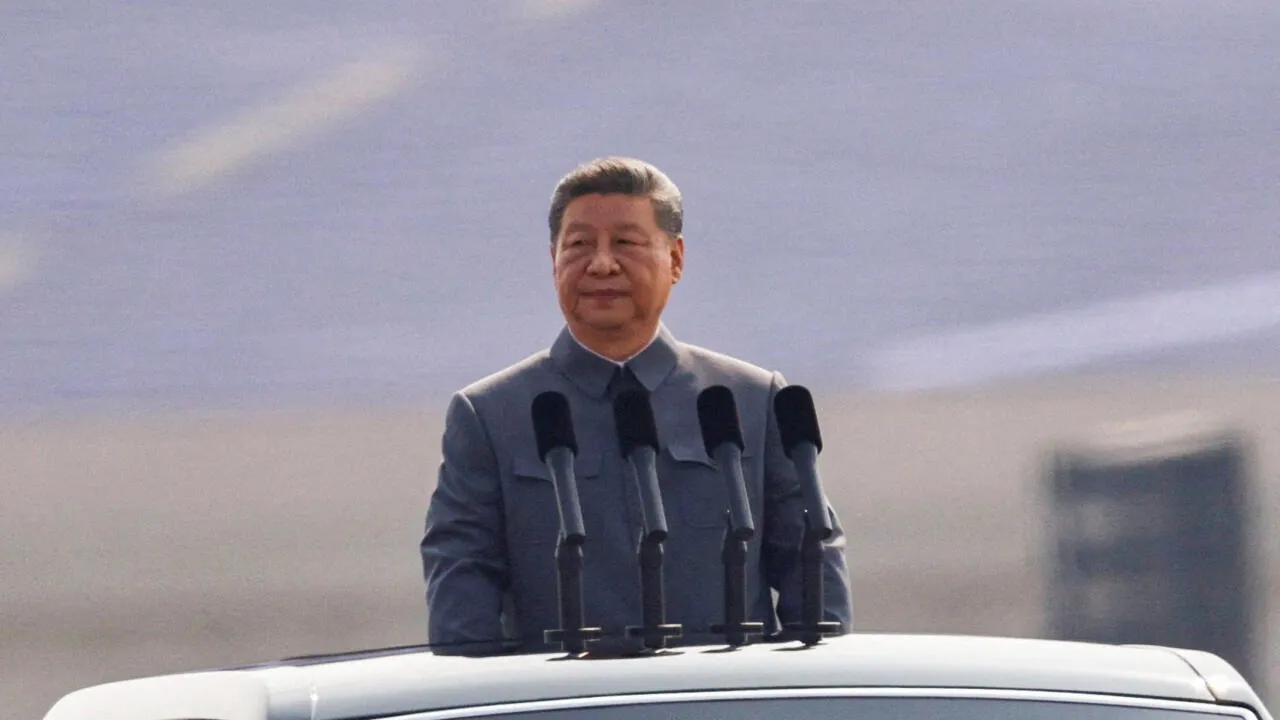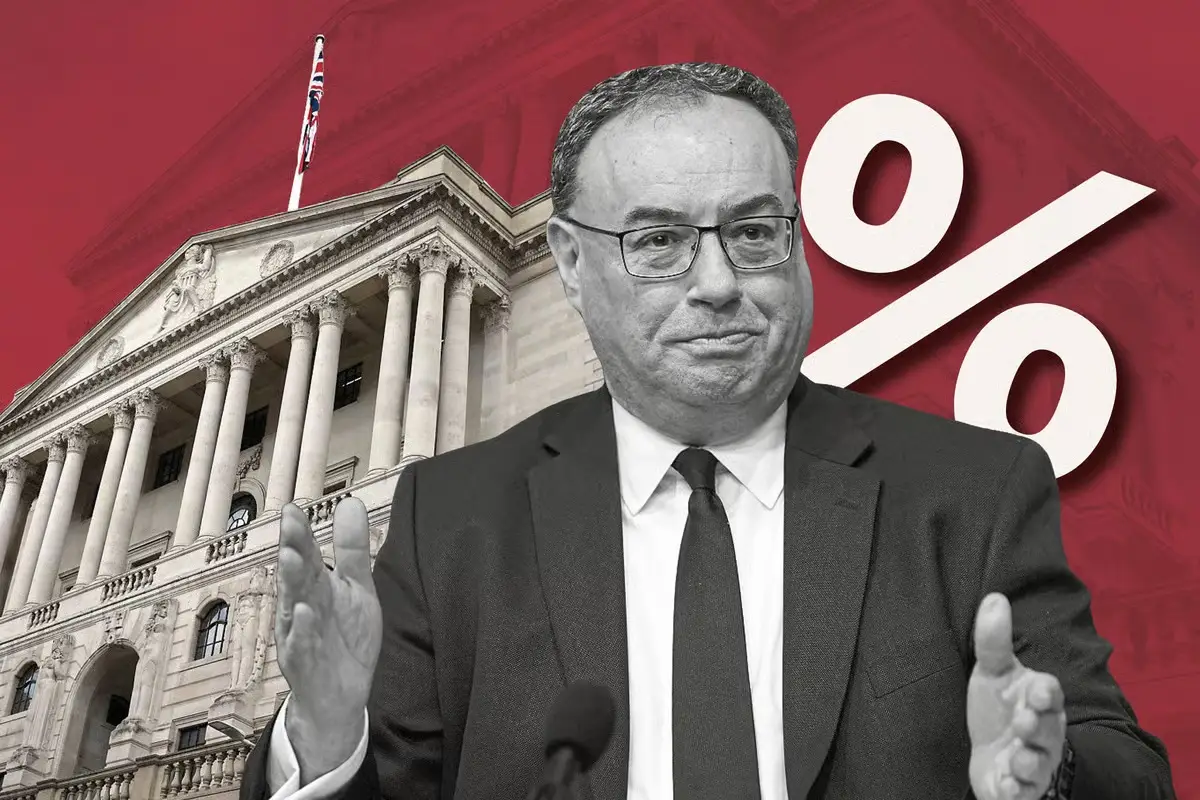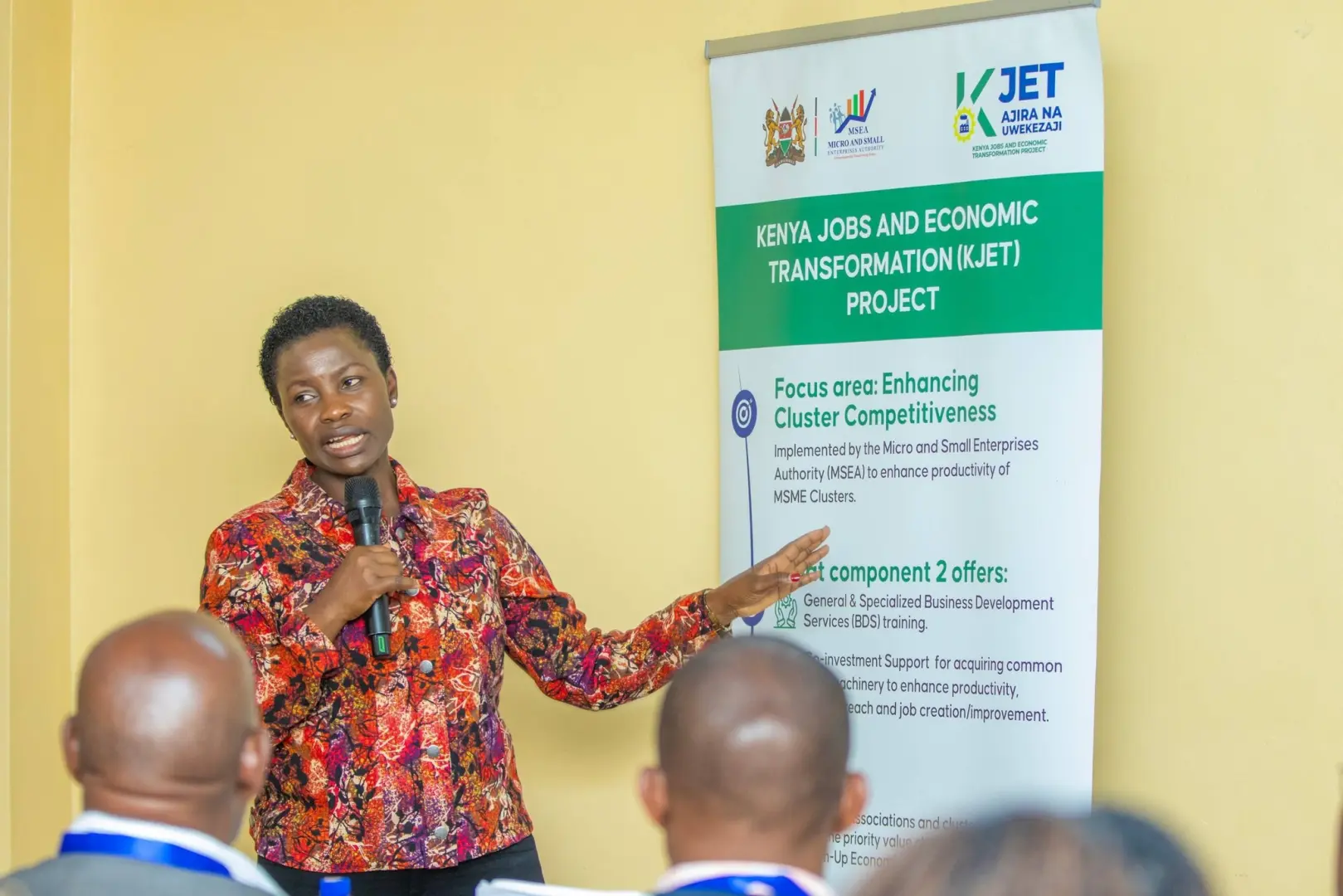China announced groundbreaking climate commitments on Wednesday, pledging to cut greenhouse gas emissions by 7-10% from peak levels by 2035, marking the first time the world’s largest emitter has committed to absolute emission reductions rather than merely limiting growth. The announcement came during a UN climate summit that highlighted the stark divergence in global climate leadership, with Chinese President Xi Jinping offering implicit criticism of U.S. climate denial while President Donald Trump dismissed climate science as a “con job” just one day earlier.
Build the future you deserve. Get started with our top-tier Online courses: ACCA, HESI A2, ATI TEAS 7, HESI EXIT, NCLEX-RN, NCLEX-PN, and Financial Literacy. Let Serrari Ed guide your path to success. Enroll today.
Speaking via video link from Beijing to the UN Climate Summit hosted by Secretary-General António Guterres, Xi Jinping emphasized that “green and low-carbon transformation is the trend of our times,” while noting that “despite some countries going against the trend, the international community should stay on the right track.”
China’s Comprehensive Climate Strategy
The Chinese president’s announcement represents a significant evolution in climate policy for a nation responsible for nearly 14 billion tonnes of emissions in 2023—more than a quarter of the global total. Xi outlined an ambitious framework extending beyond emissions reduction to encompass comprehensive environmental transformation.
China’s new Nationally Determined Contributions (NDCs) include expanding wind and solar capacity to over six times 2020 levels, targeting 3,600 gigawatts by 2035. This represents a dramatic acceleration from current achievements, as China already surpassed its 2030 target of 1,200 gigawatts of combined wind and solar capacity six years ahead of schedule, reaching 1,400 gigawatts in 2024.
The comprehensive plan also commits to increasing the share of non-fossil fuels in total energy consumption to over 30%, scaling forest stock volume to over 24 billion cubic meters, and ensuring new energy vehicles become mainstream in automobile sales. Additionally, China plans to expand its National Carbon Emissions Trading Market to cover major high-emission sectors while establishing a climate-adaptive society.
Global Context and Criticism
Despite representing a historic milestone, climate experts and environmental groups have criticized China’s targets as insufficient for meeting global climate goals. Climate Analytics CEO Bill Hare described the pledge as “unfortunately very disappointing,” arguing that the target “will not drive down emissions” and falls below what China would likely achieve under current policies.
Li Shuo, director of China Climate Hub at the Asia Society Policy Institute, characterized the announcement as “underwhelming,” noting that “Beijing is choosing to tiptoe forward when science calls for a full sprint.” Greenpeace East Asia’s global policy adviser Yao Zhe added that “even for those with tempered expectations, what’s presented today still falls short.”
However, some analysts emphasize China’s historical pattern of exceeding its commitments. Li Shuo noted that “the targets should be seen as a floor rather than a ceiling,” highlighting China’s rapid clean technology growth that “could propel the country much further over the coming decade.”
Trump’s Climate Denial and US Withdrawal
The contrast between China’s climate leadership and US retreat became starkly apparent when President Trump used his UN General Assembly speech to attack climate science and clean energy policies. Trump dismissed climate change as a “con job,” called scientists “stupid,” and criticized European Union member states and China for embracing renewable energy technologies.
The Trump administration has ordered a second withdrawal from the Paris Agreement, following his previous departure and re-entry orchestrated by the Biden administration. This retreat comes despite renewable energy’s demonstrated success, with solar and wind accounting for 16% of US electricity generation, surpassing coal, and clean energy jobs growing three times faster than the broader economy.
Political scientist Ian Bremmer noted that Trump’s climate denial effectively cedes “the market for post-carbon energy to the Chinese,” warning that “letting China become the world’s sole powerful electro-state is the opposite of making America great again.”
Global Emissions Gap and Investment Realities
The announcements come at a critical juncture for global climate action, with the latest UN Emissions Gap Report finding that nations must collectively commit to cutting 42% of annual greenhouse gas emissions by 2030 and 57% by 2035 to maintain hope of limiting warming to 1.5°C above pre-industrial levels.
Current commitments fall dramatically short of these requirements. Even if all existing pledges are fully implemented, global temperatures would still rise by 2.6-2.8°C, while continuation of current policies would lead to catastrophic warming of up to 3.1°C.
Despite these sobering projections, global investment momentum in clean energy reached a record $2.1 trillion in 2024, with renewables, energy storage, electric vehicles, and power grids driving growth. However, this represents only 37% of the $5.6 trillion annual investment needed from 2025-2030 to achieve net-zero emissions by 2050.
One decision can change your entire career. Take that step with our Online courses in ACCA, HESI A2, ATI TEAS 7, HESI EXIT, NCLEX-RN, NCLEX-PN, and Financial Literacy. Join Serrari Ed and start building your brighter future today.
Other National Commitments
Wednesday’s climate summit featured additional commitments from major economies, though none matched the scale of China’s announcement. Brazil, which will host COP30 in Belém in November, committed to reducing emissions by 59-67% by 2035 while stepping up deforestation combat efforts.
Australian Prime Minister Anthony Albanese announced plans to slash greenhouse gas emissions by 62-70% below 2005 levels by 2035, as Australia prepares to host the 2026 UN climate summit. The European Union, still negotiating its unified position, indicated that its 2035 reduction goal would range between 66-72%, building on progress toward its 2030 target of 55% emissions cuts.
The Alliance of Small Island States, represented by Palau President Surangel Whipps, announced a goal of slashing emissions to 44% of 2015 levels by 2035, while emphasizing that “those with the greatest responsibility and the greatest capacity to act must do far more.”
China’s Clean Energy Leadership
China’s climate commitments are underpinned by remarkable achievements in clean energy deployment and manufacturing. The country has become the global leader in renewable energy production, manufacturing more renewables than the rest of the world combined while cutting emissions both domestically and abroad through exports.
Chinese clean energy industries could double in value by 2035, potentially adding 15 trillion yuan ($2.1 trillion) to the economy if China and other major markets follow Paris Agreement-aligned emission targets. The country’s national carbon market reached record trading volumes of 189 million tonnes with transaction values of 18.1 billion yuan in 2025, helping reduce power sector carbon intensity by 10.8% compared to 2018 levels.
Environmental improvements extend beyond energy, with 222 Chinese cities meeting air quality standards in 2024, PM2.5 levels dropping to 29.3 micrograms per cubic meter, and 87.2% of days featuring good air quality. China’s afforestation efforts from 2012-2024 covered an area equivalent to twice the size of Germany.
Road to COP30 Brazil
The climate summit serves as a crucial stepping stone toward COP30 in Belém, Brazil, scheduled for November 10-21, 2025. Brazil has positioned the conference as “the COP of truth,” emphasizing climate justice, forest protection, and renewable energy while launching the $125 billion Tropical Forest Forever Facility to reward forest conservation.
Brazilian President Luiz Inácio Lula da Silva warned that countries’ commitments would show the world “whether or not we believe in what the science is showing us,” cautioning that “society is going to stop believing its leaders” if climate denialism prevails.
UN Secretary-General Guterres acknowledged progress since the Paris Agreement, noting that projected temperature increases have been reduced from 4°C to 2.6°C. However, he emphasized that “now, we need new plans for 2035 that go much further, much faster” to achieve the 1.5°C target, given that global temperatures have already risen more than 1.2°C above pre-industrial averages.
Technology and Market Transformation
The global energy transition is accelerating despite political headwinds, with renewable capacity expected to grow by 2.7 times by 2030, surpassing current national ambitions by nearly 25%. Solar photovoltaics were 41% cheaper than fossil fuel alternatives in 2024, while onshore wind projects were 53% cheaper.
However, this growth still falls short of the COP28 goal of tripling renewable energy capacity worldwide. The International Energy Agency projects 5,500 gigawatts of new renewable capacity by 2030 under current policies and market conditions, requiring additional acceleration to meet climate targets.
Global electricity demand is rising almost twice as fast as overall energy demand due to increasing cooling needs, industrial consumption, transport electrification, and data center growth. Nearly all increased electricity demand was met by low-emissions sources in 2024, led by record solar PV expansion and continued growth in other renewables and nuclear power.
Financial and Development Challenges
Developing nations face particular challenges in scaling clean energy investment, with emerging market economies outside China requiring significantly increased support. While clean energy investments in these regions approached $320 billion in 2024, representing 50% growth since 2020, this increase comes from a very low base, with many least-developed economies being left behind due to debt servicing difficulties.
Africa’s clean energy investments reached over $40 billion in 2024, nearly double 2020 levels, yet representing only a fraction of the continent’s potential. The challenge is compounded by higher financing costs as the era of cheap borrowing ends, though falling equipment prices have partially offset increased capital costs.
Looking Forward: Leadership in a Multipolar World
China’s climate announcement, while criticized as insufficient by some experts, represents a significant political commitment from the world’s largest emitter at a time when the second-largest historical emitter retreats from global cooperation. The juxtaposition highlights the emerging multipolar nature of climate leadership, with developing nations increasingly stepping forward as developed countries face political backlash against climate action.
The success of COP30 in Brazil will largely depend on the momentum generated by Wednesday’s announcements and subsequent national commitments due by early 2025. With global emissions reaching record levels despite renewable energy growth, the window for achieving the 1.5°C target continues to narrow rapidly.
As Secretary-General Guterres emphasized, the world faces a critical moment where “the future of our planet is at stake.” The stark contrast between China’s climate commitments and US denial underscores the urgency of international cooperation in addressing what he described as “the climate emergency” facing humanity.
The coming months before COP30 will test whether China’s leadership, combined with commitments from other major economies, can compensate for US withdrawal and generate the unprecedented global mobilization required to prevent catastrophic climate change. The success or failure of this effort may well determine the planet’s climatic future for generations to come.
Ready to take your career to the next level? Join our Online courses: ACCA, HESI A2, ATI TEAS 7 , HESI EXIT , NCLEX – RN and NCLEX – PN, Financial Literacy!🌟 Dive into a world of opportunities and empower yourself for success. Explore more at Serrari Ed and start your exciting journey today! ✨
Track GDP, Inflation and Central Bank rates for top African markets with Serrari’s comparator tool.
See today’s Treasury bonds and Money market funds movement across financial service providers in Kenya, using Serrari’s comparator tools.
photo source: Google
By: Montel Kamau
Serrari Financial Analyst
25th September, 2025
Article, Financial and News Disclaimer
The Value of a Financial Advisor
While this article offers valuable insights, it is essential to recognize that personal finance can be highly complex and unique to each individual. A financial advisor provides professional expertise and personalized guidance to help you make well-informed decisions tailored to your specific circumstances and goals.
Beyond offering knowledge, a financial advisor serves as a trusted partner to help you stay disciplined, avoid common pitfalls, and remain focused on your long-term objectives. Their perspective and experience can complement your own efforts, enhancing your financial well-being and ensuring a more confident approach to managing your finances.
Disclaimer: This article is for informational purposes only and does not constitute financial advice. Readers are encouraged to consult a licensed financial advisor to obtain guidance specific to their financial situation.
Article and News Disclaimer
The information provided on www.serrarigroup.com is for general informational purposes only. While we strive to keep the information up to date and accurate, we make no representations or warranties of any kind, express or implied, about the completeness, accuracy, reliability, suitability, or availability with respect to the website or the information, products, services, or related graphics contained on the website for any purpose. Any reliance you place on such information is therefore strictly at your own risk.
www.serrarigroup.com is not responsible for any errors or omissions, or for the results obtained from the use of this information. All information on the website is provided on an as-is basis, with no guarantee of completeness, accuracy, timeliness, or of the results obtained from the use of this information, and without warranty of any kind, express or implied, including but not limited to warranties of performance, merchantability, and fitness for a particular purpose.
In no event will www.serrarigroup.com be liable to you or anyone else for any decision made or action taken in reliance on the information provided on the website or for any consequential, special, or similar damages, even if advised of the possibility of such damages.
The articles, news, and information presented on www.serrarigroup.com reflect the opinions of the respective authors and contributors and do not necessarily represent the views of the website or its management. Any views or opinions expressed are solely those of the individual authors and do not represent the website's views or opinions as a whole.
The content on www.serrarigroup.com may include links to external websites, which are provided for convenience and informational purposes only. We have no control over the nature, content, and availability of those sites. The inclusion of any links does not necessarily imply a recommendation or endorsement of the views expressed within them.
Every effort is made to keep the website up and running smoothly. However, www.serrarigroup.com takes no responsibility for, and will not be liable for, the website being temporarily unavailable due to technical issues beyond our control.
Please note that laws, regulations, and information can change rapidly, and we advise you to conduct further research and seek professional advice when necessary.
By using www.serrarigroup.com, you agree to this disclaimer and its terms. If you do not agree with this disclaimer, please do not use the website.
www.serrarigroup.com, reserves the right to update, modify, or remove any part of this disclaimer without prior notice. It is your responsibility to review this disclaimer periodically for changes.
Serrari Group 2025
















